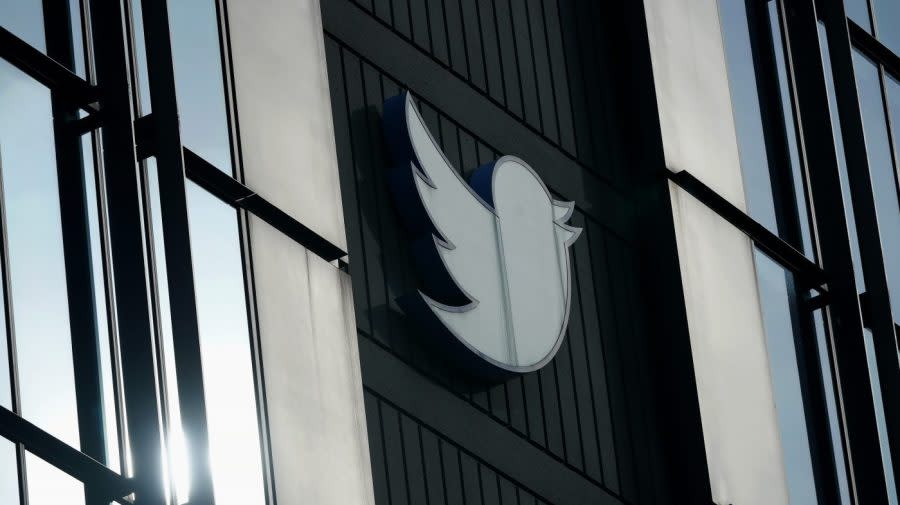New Twitter settings could hinder timely storm warnings: National Weather Service

The National Weather Service (NWS) is warning that Twitter’s limit on automated tweets could hinder its ability to post timely storm and other weather updates.
The NWS Tsunami Warning Center and several other local NWS offices tweeted out posts alerting their followers that the platform’s new restrictions could prevent them from being able to post all updates about weather events that they normally would.
The weather accounts often post several times per day when one or multiple severe weather events are happening.
But Twitter reportedly announced last month that it is planning to limit the number of free automated tweets to 1,500 per month — or the number allowed for a $100 monthly fee to 50,000 per month. This comes as one of several steps that CEO Elon Musk has taken to try to increase revenue to make up for Twitter’s shortfall.
The Washington Post reported that NWS officials believe they will only be able to post 50 automated tweets in a 24-hour period once the policy starts on April 29. But their accounts often surpass 50 posts during extreme weather events such as tornadoes, hurricanes and tropical storms.
The Tsunami Warning Center posted that it would no longer be able to post all warnings, advisories, watches and information statements as they are issued but will “make every effort to continue manual posts.” It said its primary goal during a tsunami event is to notify official NWS channels, with social media posts being automated to speed up the process until additional help can arrive.
The center’s account later posted early Saturday morning that it heard from Twitter that its “API” status has been restored, likely allowing it to post automated tweets as necessary.
It said it will not be able to fully test sending an automated tsunami message to Twitter until one is needed, but it is “reasonably confident” that it will work and it will be able to alert people in a “timely manner.”
“Thank you for your comments, concern, & patience. The most important thing for you to know is: NEVER rely on 1 way to receive emergency communications for #tsunami, weather, earthquakes, or disaster. Make redundant layers of alerting for you, your family, & community,” the account said.
Other NWS accounts for cities like St. Louis, Boston and Memphis also posted warnings that their accounts might no longer be able to post all watches, warnings and advisories as they are issued because of the limits.
“We will continue to provide general updates, but ensure that you have multiple means for receiving weather information & alerts,” they said.
Accounts for Memphis and the San Francisco Bay Area posted graphics to provide suggestions for other methods of staying updated, such as local television and radio, wireless emergency apps, weather apps and outdoor sirens.
Accounts for cities like Fort Worth, Texas, and Tulsa, Okla., also posted in the past two weeks, shortly after Twitter’s announcement, that the new rules could limit their ability to post as they regularly do.
Twitter responded to a request from The Hill for comment with an automated “poop” emoji, which the company began sending to press requests last month.
–Updated on April 16 at 12:40 p.m.
For the latest news, weather, sports, and streaming video, head to The Hill.

